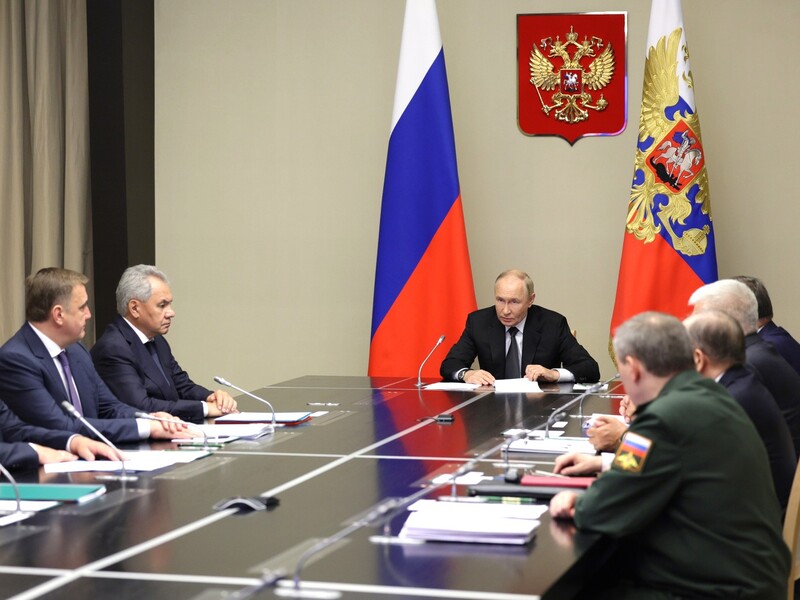The unexpected move of the Ukrainian army in Russia’s Kursk Oblast has not only caught Russian forces off-guard but also exposed vulnerabilities within the Kremlin's leadership.
On 6 August, Ukrainian forces have launched an offensive into Russian territory, occupying nearly 500 square miles in the Kursk region, taking thousands of prisoners and forcing over 100,000 civilians to evacuate.
The impact of this offensive extends beyond the battlefield, potentially weakening the Russian regime's grip on power, according to The Hill.
President Vladimir Putin's public appearances have reportedly lost their former authority, with the absence of his characteristic nuclear threats and forceful demeanor. This change has reignited speculation about the use of body doubles, a claim consistently denied by Kremlin spokesman Dmitry Peskov.
The Hill notes that while large-scale public protests against the war have not materialized in Russia's urban centers, unrest is growing in ethnic minority regions.
Anti-government demonstrations in Muslim-majority Bashkortostan and attacks in the North Caucasus Dagestan are cited as examples of this trend because Russia sends the disproportionate number of non-Slavic minorities to fight in Ukraine.
Within the Russian military, morale was reportedly affected by the Ukrainian Kursk offensive who raise questions about the purpose of a war that has left Russia's borders exposed.
The need for more troops presents a difficult choice for Russia: either abandon positions in Ukraine or deploy young conscripts, potentially breaking a previous commitment by Putin not to deploy them to Ukraine.
Related:
- Russian authorities claim over 100,000 flee Kursk Oblast as Ukrainian forces advance
- Ukrainian forces destroy one of three key bridges in Russia’s Kursk Oblast, complicate evacuation and logistics
- Russian forces capture three villages in Donetsk region, Ukraine advances in Russia’s Kursk area — DeepState
- Zelenskyy says Kursk operation’s goal buffer zone in Russian territory

